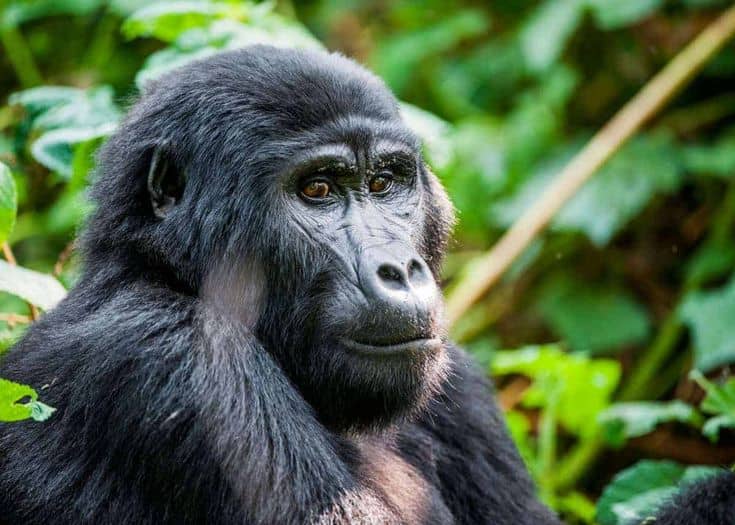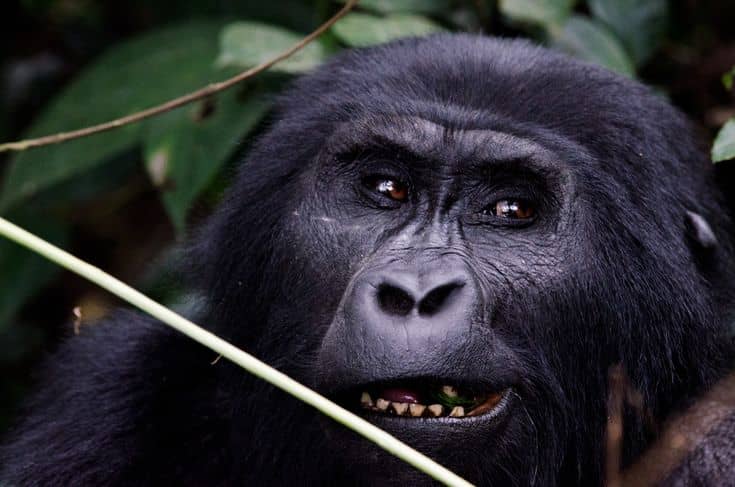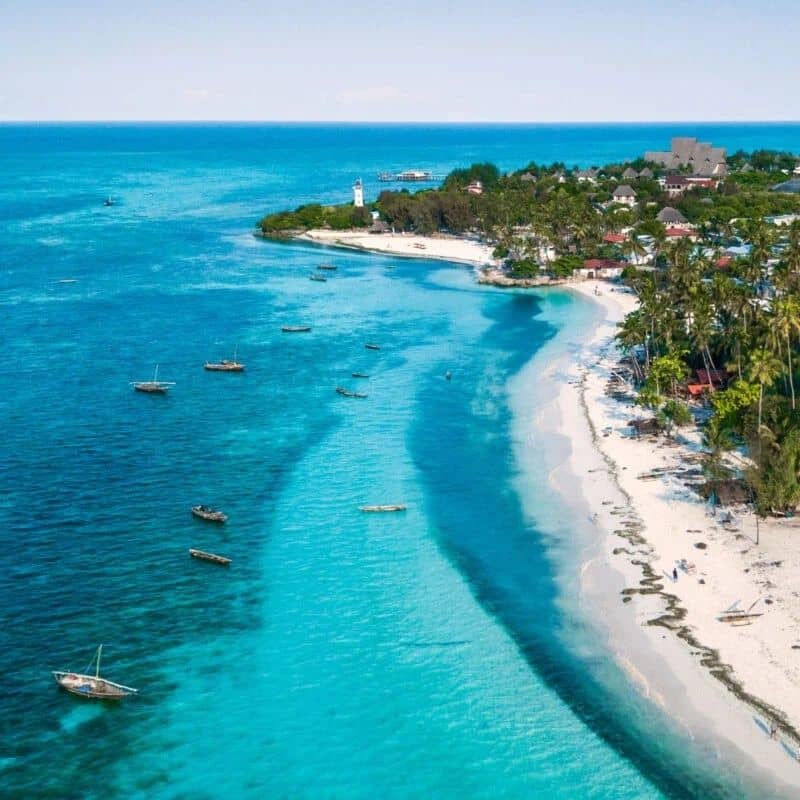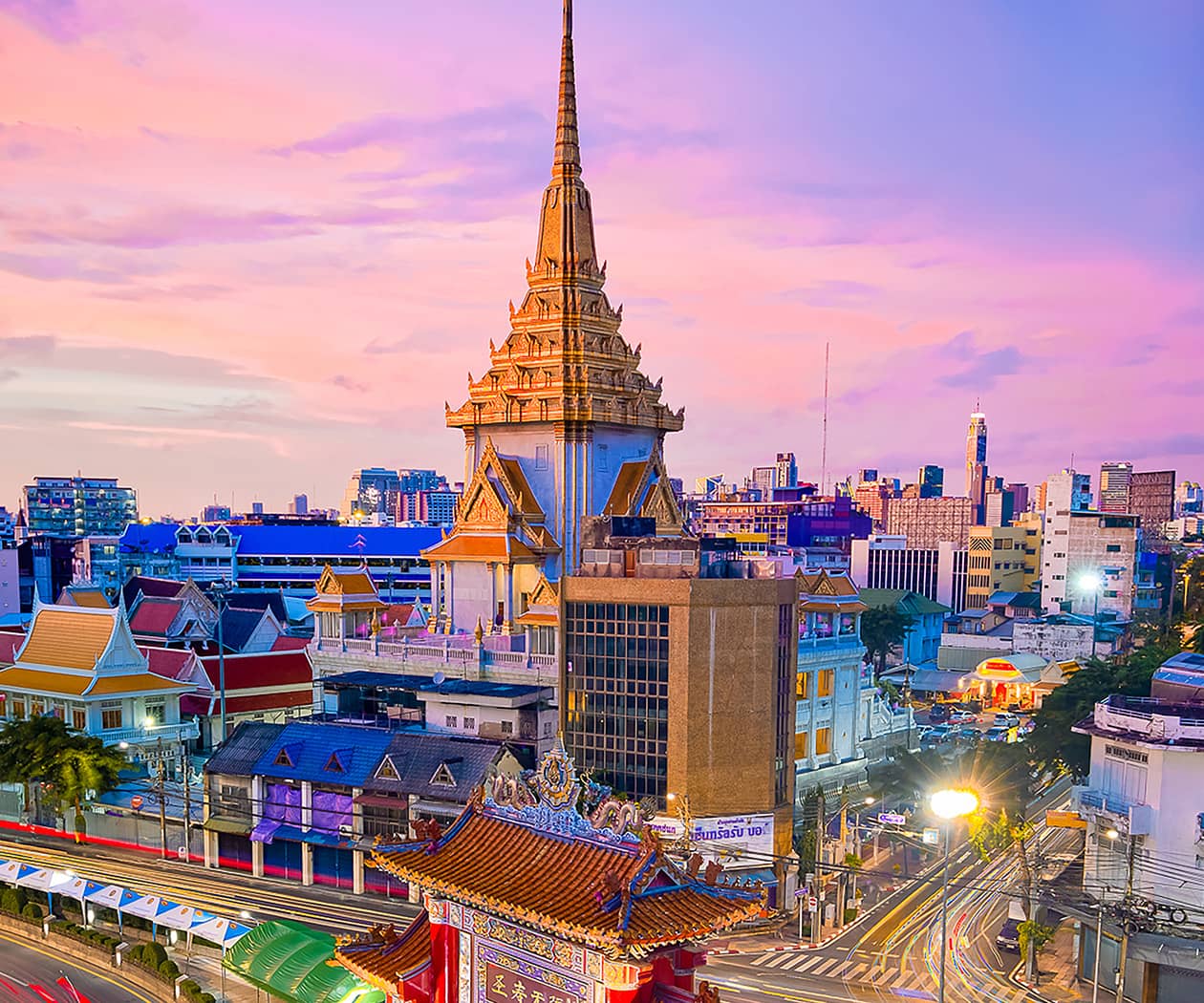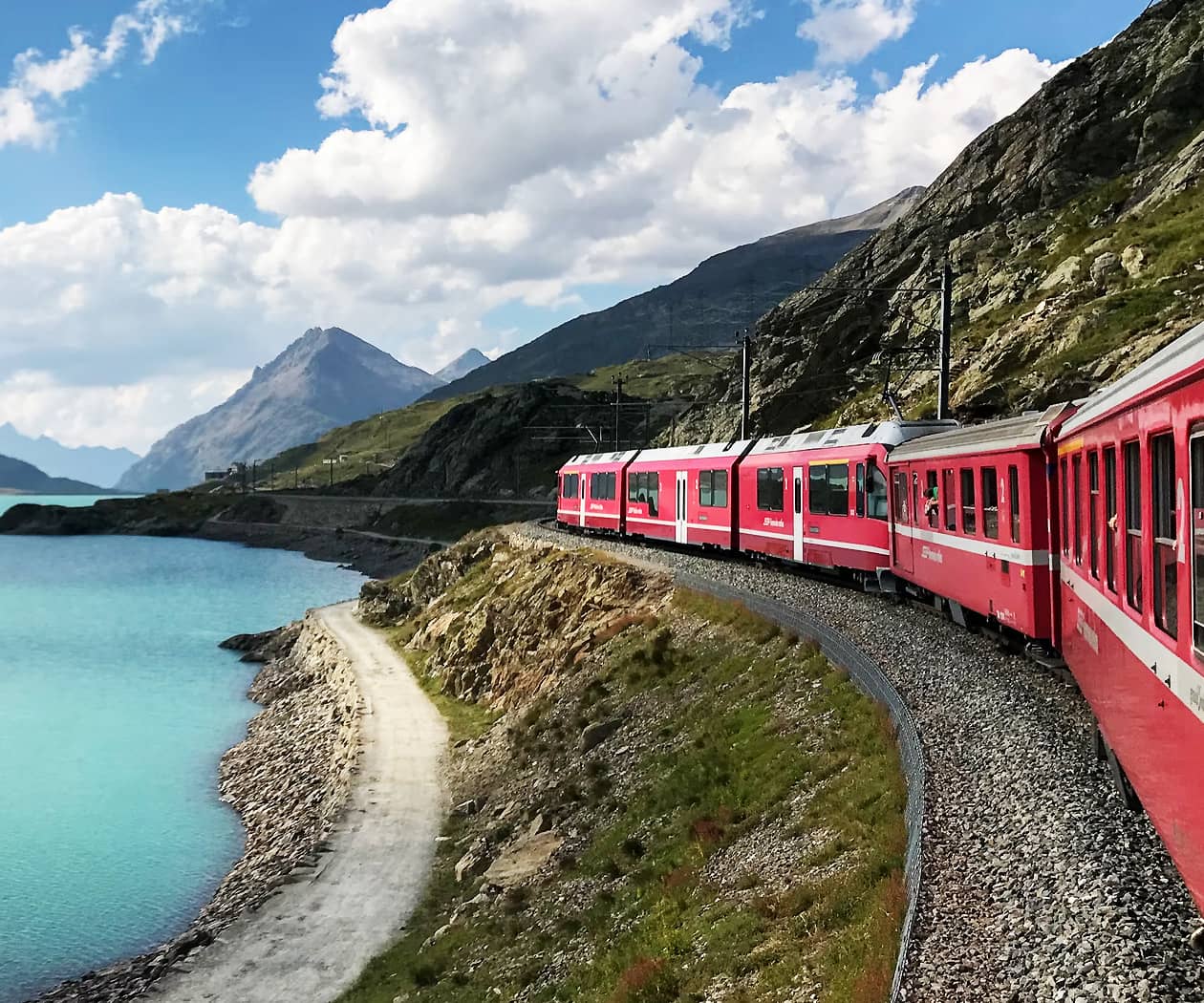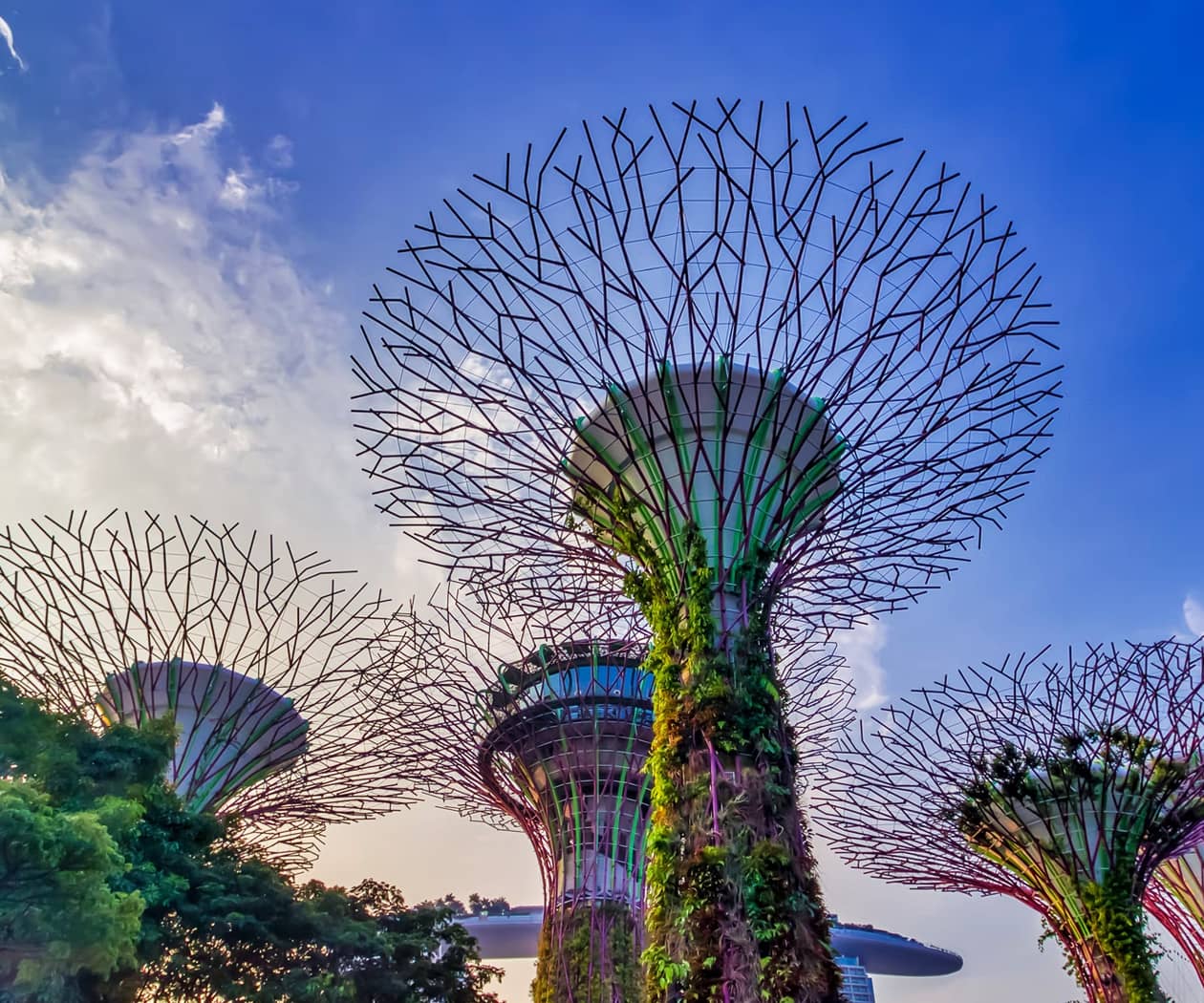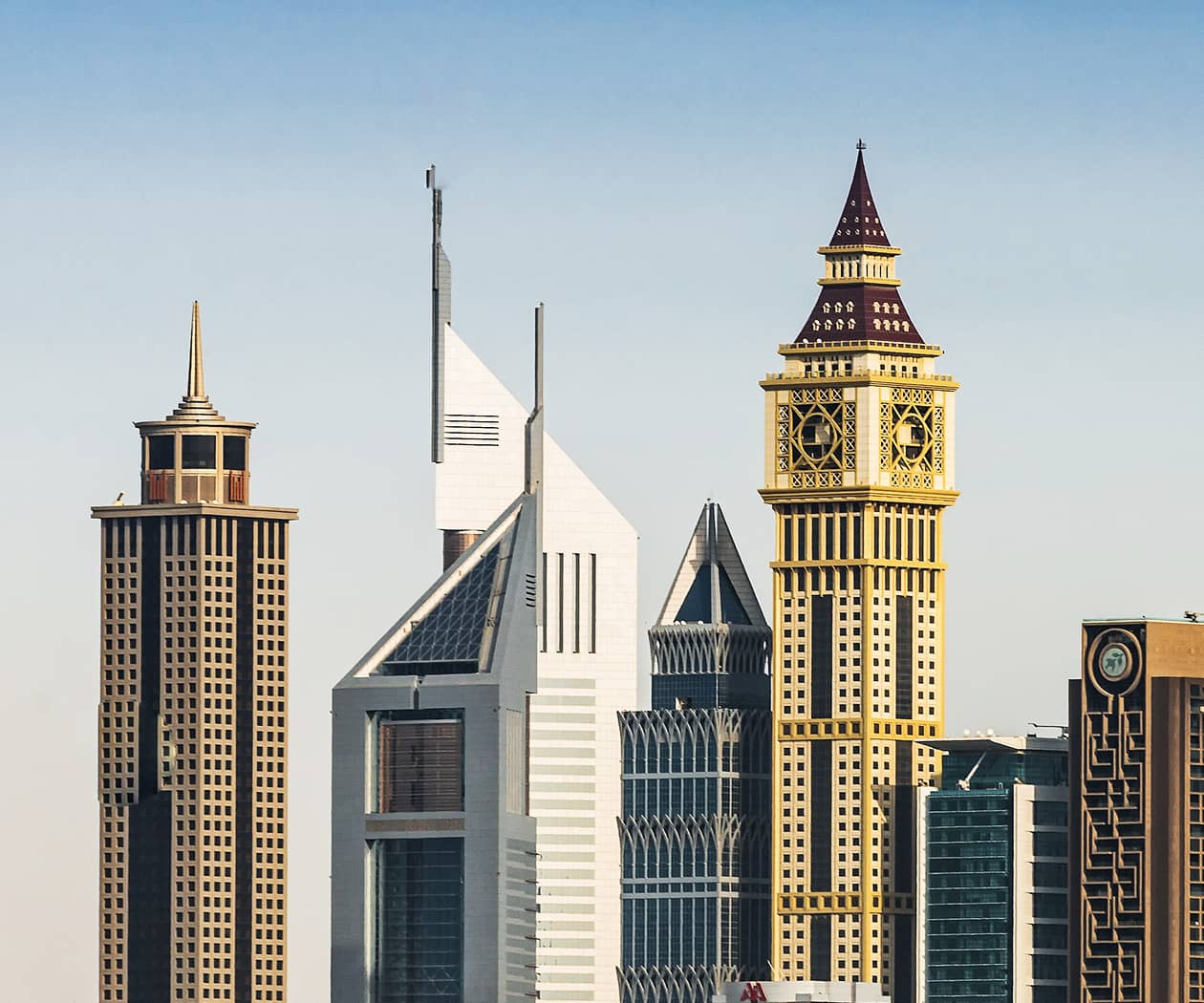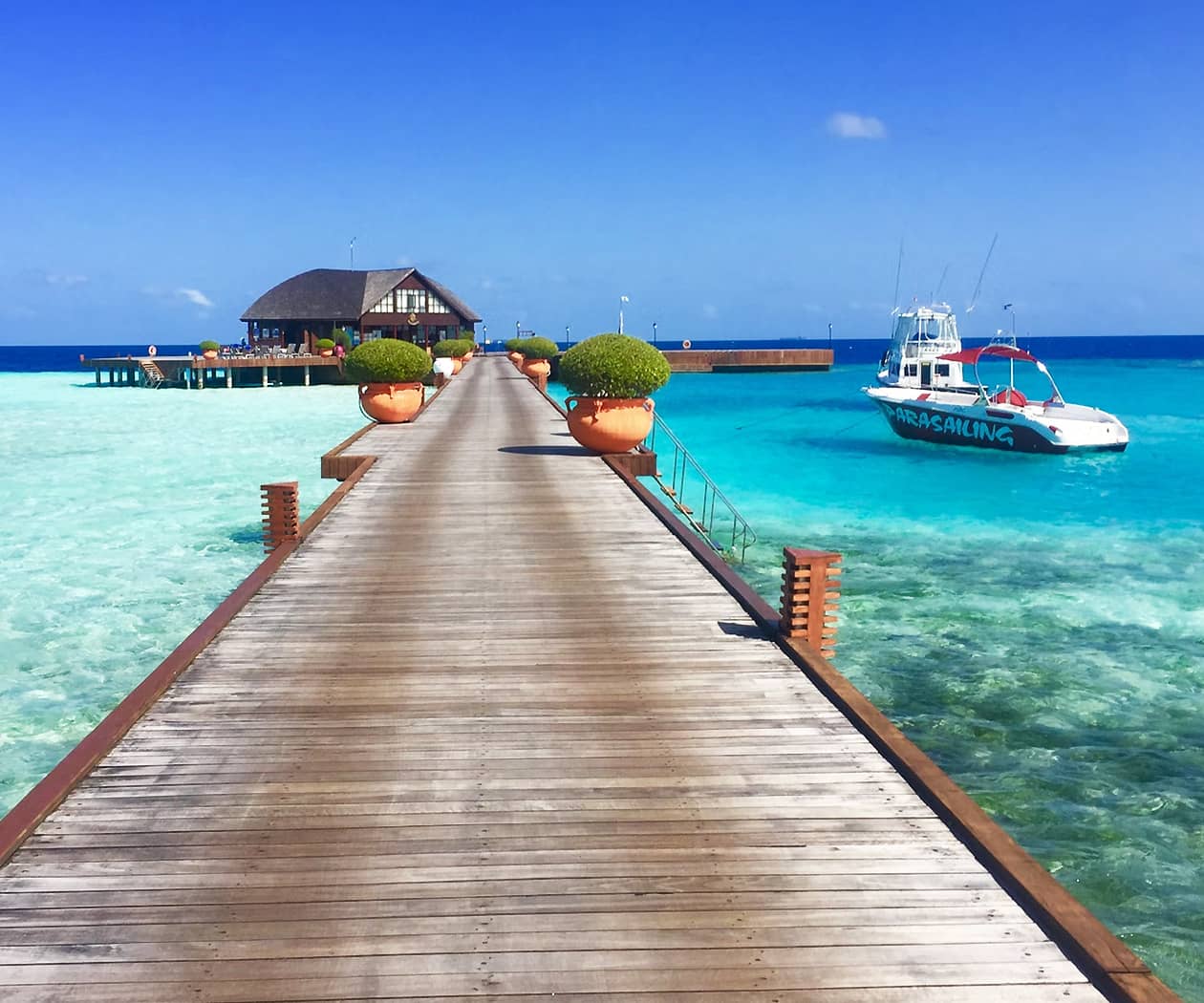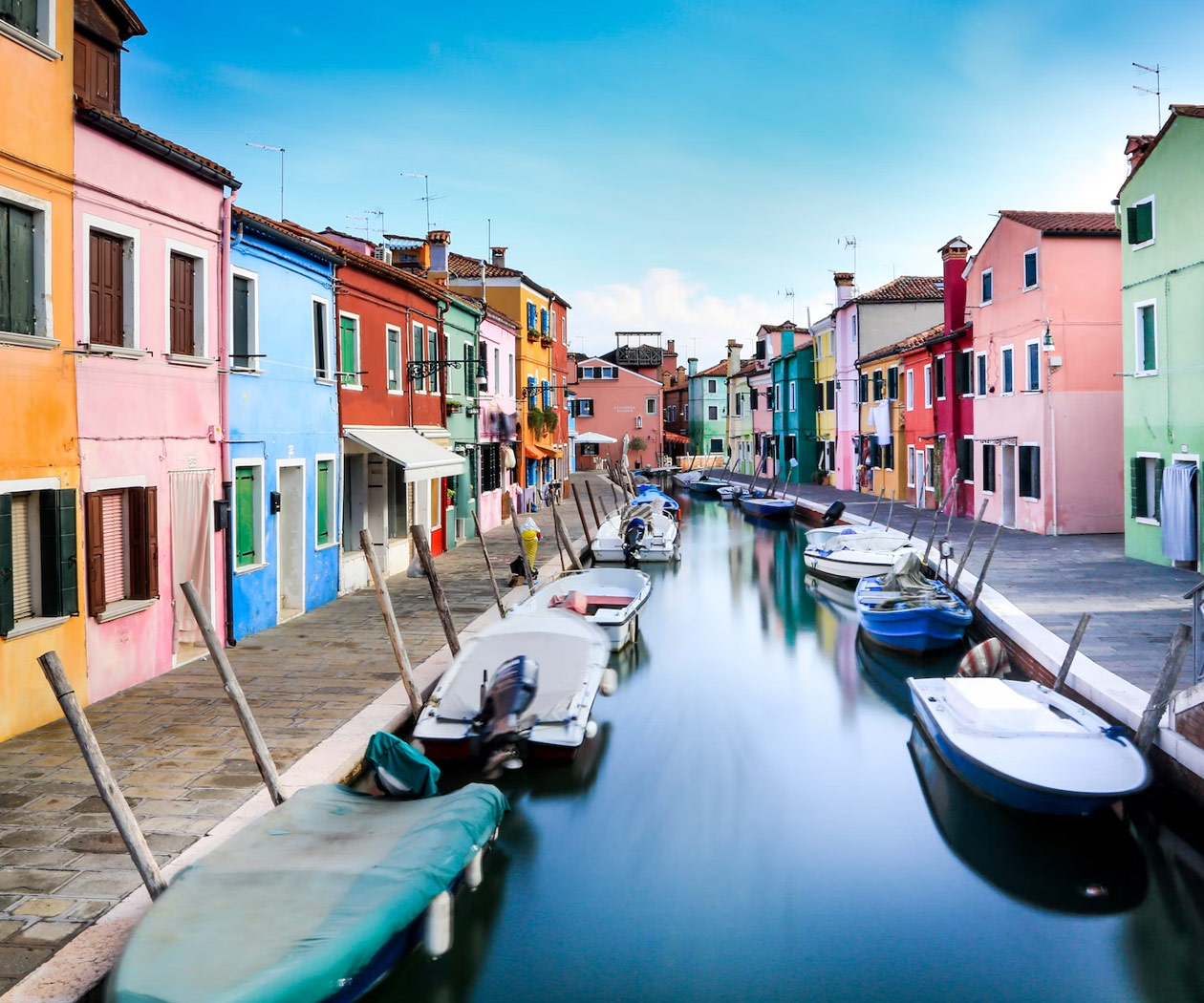Exploring the Majestic Beauty of Mt. Rwenzori
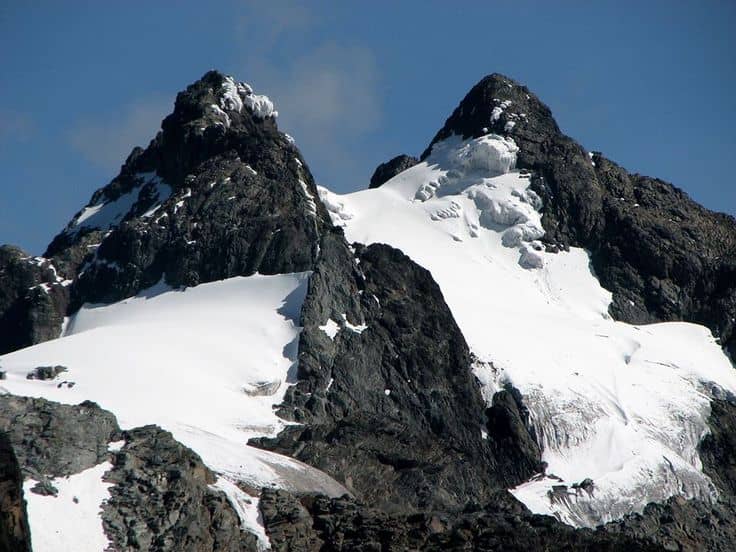
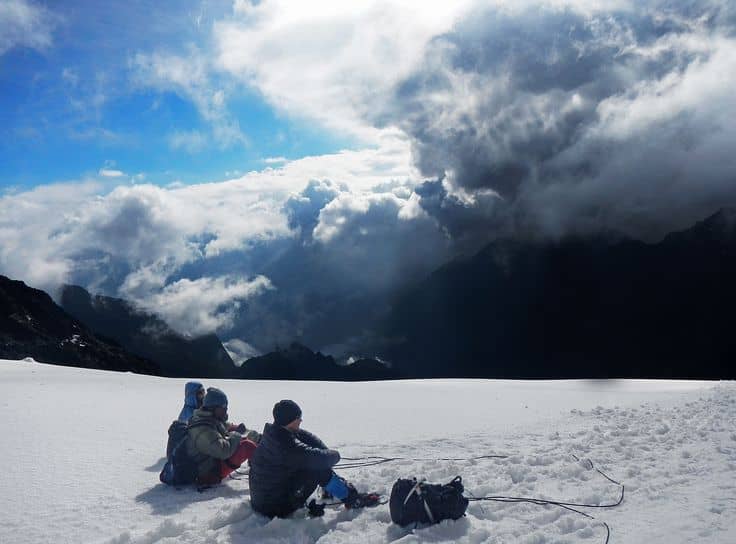 Nestled between Uganda and the Democratic Republic of Congo, Mt. Rwenzori, often referred to as the “Mountains of the Moon,” stands as one of Africa’s most breathtaking yet underrated tourist destinations. Unlike the more famous Kilimanjaro or the savannahs of the Serengeti, Mt. Rwenzori offers a unique blend of glacial peaks, mist-covered valleys, and rich biodiversity that captivates adventurers and nature lovers alike. This blog delves into the wonders of this magnificent mountain range, exploring its trekking opportunities, ecological significance, and cultural heritage.
Nestled between Uganda and the Democratic Republic of Congo, Mt. Rwenzori, often referred to as the “Mountains of the Moon,” stands as one of Africa’s most breathtaking yet underrated tourist destinations. Unlike the more famous Kilimanjaro or the savannahs of the Serengeti, Mt. Rwenzori offers a unique blend of glacial peaks, mist-covered valleys, and rich biodiversity that captivates adventurers and nature lovers alike. This blog delves into the wonders of this magnificent mountain range, exploring its trekking opportunities, ecological significance, and cultural heritage.
The Enigmatic Allure of the Rwenzori Mountains
The Rwenzori Mountains are not just another mountain range, they are a world of their own. With peaks soaring above 5,000 meters, including Margherita Peak, the third-highest point in Africa, the region is a paradise for trekkers and mountaineers. What sets Mt. Rwenzori apart is its surreal landscape, where equatorial glaciers meet lush rainforests, creating an otherworldly experience. The mountains are also a UNESCO World Heritage Site, recognized for their exceptional biodiversity and stunning natural beauty.
Trekking Adventures: From Beginner Trails to Expert Summits
One of the biggest draws of Mt. Rwenzori is its trekking routes, which cater to different skill levels. The Central Circuit Trail is the most popular, taking hikers through diverse ecosystems, from bamboo forests to alpine meadows and finally to the snow-capped peaks. For those seeking a challenge, the ascent to Margherita Peak requires technical climbing skills, offering a rewarding experience for seasoned adventurers. Along the way, trekkers encounter cascading waterfalls, rare plant species like giant lobelias, and possibly even glimpses of wildlife such as the Rwenzori colobus monkey.
A Biodiversity Hotspot: Flora and Fauna of the Rwenzoris
The Rwenzori Mountains are a living laboratory of evolution, hosting species found nowhere else on Earth. The montane forests are home to over 200 bird species, including the Rwenzori turaco, while the higher altitudes feature unique vegetation adapted to the cold, wet climate. Botanists and wildlife enthusiasts will marvel at the giant heather trees and colorful mosses that blanket the landscape. Conservation efforts are crucial here, as climate change threatens the glaciers and delicate ecosystems of this extraordinary region.
Cultural Significance: The People of the Rwenzoris
Beyond its natural wonders, Mt. Rwenzori holds deep cultural importance for the Bakonzo people, who have inhabited the foothills for centuries. Their traditions, folklore, and agricultural practices are intertwined with the mountains, which they consider sacred. Visitors can engage with local communities, learning about traditional healing herbs, storytelling, and vibrant dances that celebrate the mountain’s spirit. Responsible tourism initiatives ensure that trekking benefits these communities while preserving their heritage.
Planning Your Visit: Tips for an Unforgettable Journey
If you’re inspired to explore Mt. Rwenzori, proper preparation is key. The best time to visit is during the drier months of January-February and June-August, when trails are more accessible. Hiring a local guide is highly recommended, as they provide invaluable knowledge about the terrain and culture. Packing essentials include waterproof gear, sturdy boots, and altitude sickness medication for high climbs. Whether you opt for a short hike or a full summit expedition, the Rwenzoris promise an adventure unlike any other.
Book a Uganda Safari tour here
Conclusion: Why Mt. Rwenzori Deserves a Spot on Your Travel List
While Africa boasts many iconic destinations, Mt. Rwenzori remains a hidden treasure waiting to be discovered. Its combination of dramatic landscapes, rare wildlife, and rich cultural heritage makes it a must-visit for those seeking an off-the-beaten-path experience. Whether you’re an avid trekker, a nature enthusiast, or a cultural explorer, the Mountains of the Moon offer something extraordinary. So, pack your bags, lace up your boots, and embark on a journey to one of the continent’s most awe-inspiring wonders.
Would you consider adding Mt. Rwenzori to your travel bucket list or do you want to book a Safari with us? Share your thoughts in the comments below!

